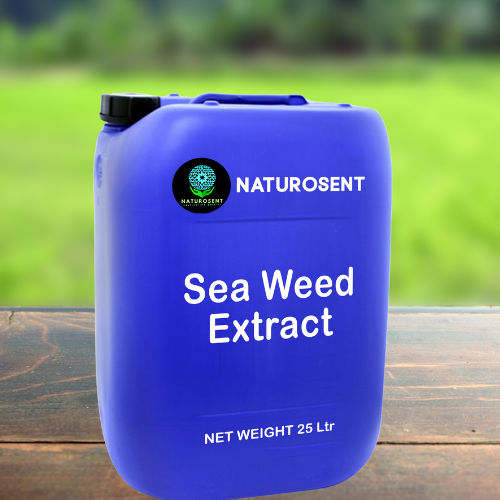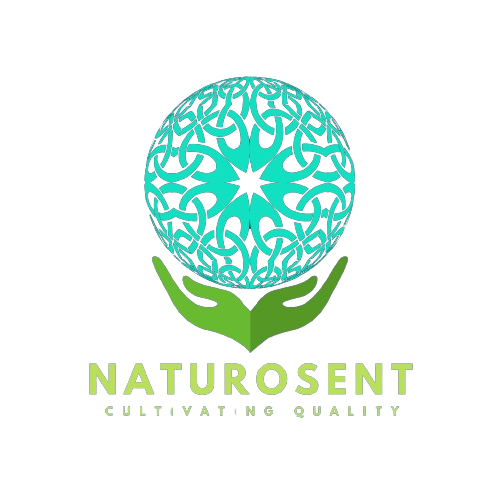
We take immense pleasure to introduce NATUROSENT, a revolutionary line of cattle feed and organic fertilizers proudly launched by SEA SENTINEL EXIM. Born from a passion for sustainable agriculture and a commitment to greener planet, NATUROSENT embodies the essence of innovation and environmental stewardship.
In today’s world where the health of our livestock and the fertility of our soils are of very important, NATUROSENT stands as a beacon of excellence. With a meticulous blend of organic ingredients and extensive research, our products deliver unparalleled nutrition for livestock and enrich the soil with vital nutrients, ensuring a thriving ecosystem for generations to come.
At SEA SENTINEL EXIM, we understand the profound impact of agriculture on our planet, which is why we have dedicated ourselves to developing products that not only enhance yields but also promote ecological balance. NATUROSENT represents our unwavering dedication to sustainability, offering farmers a trusted partner in their journey towards responsible and profitable agriculture.
Join us as we revolutionize the agricultural landscape with NATUROSENT, where nourishing livestock and nurturing the land go hand in hand, creating a brighter, greener future for all.
Highlights
Eco friendly
Nutrient rich
Sustainable
No Biological contamination
Assured Microbial count
Produced in State of Art infrastructure
100 % QA/QC
Bio Stimulants List
Amino Acid
Fluvic Acid
Humic Acid
Sea Weed Extract
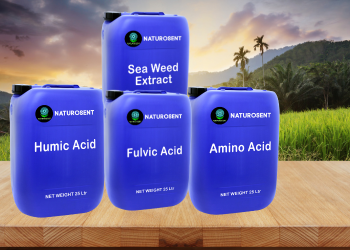

PGPR
Amino acid water-soluble fertilizers are organic and cost-effective source of naturally generated water-soluble nitrogen that is easy to handle, free of phytotoxicity, salt build-up, and soil leaching. The use of amino acid amino acid fertilizers have multiple functions in plant growth:providing nutrients, promoting growth, and improving stress resistance. Compared to conventional fertilizers, amino acid fertilizers improve growth and photosynthetic properties, which can contribute to the generation and transport of photosynthets to various crop parts.
Amino acids can enhance the resistance of plants to various adverse environments, such as high temperature and strong light, low temperature freeze damage, drought and flood, wind and rain, pests and diseases, etc., and reduce problems such as yellow leaves, wilting, rotting, and dead trees of plants in adverse environments. Amino acids are green, non-polluting, non-residue functional fertilizers. They will not cause any pollution or damage to the soil, but can improve and maintain the soil to a certain extent.
The terms “plant biostimulants” and “agricultural biostimulants” encompass a diverse group of product technologies.
Broadly speaking, those segments include:
- Acids : Humic and Fulvic acids and Amino acids
- Extracts : Seaweed extracts, Plant extracts or Botanical oils
- Microbials : Soil fungi and bacteria that help to improve nutrient cycling/soil availability
Plant biostimulants are biological or biologically derived fertilizer additives and similar products that are used in crop production to supplement and enhance existing agricultural practices and crop inputs. They might achieve this by:
- Helping to improve nutrient-use efficiency
- Helping plants tolerate abiotic stresses like heat, cold, drought, and too much water
- Helping to improve quality attributes like nutritional content, appearance, and shelf-life
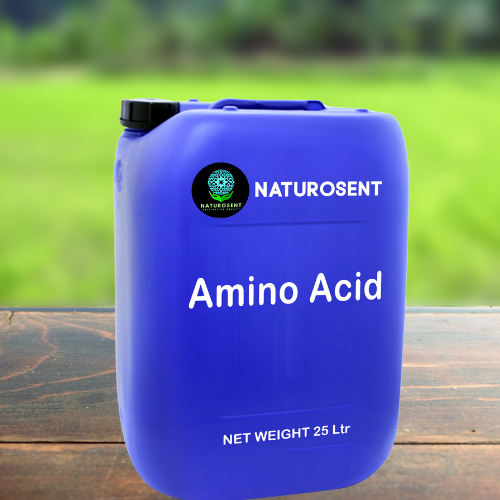

Amino Acid
Amino acid water-soluble fertilizers are organic and cost-effective source of naturally generated water-soluble nitrogen that is easy to handle, free of phytotoxicity, salt build-up, and soil leaching. The use of amino acid amino acid fertilizers have multiple functions in plant growth:providing nutrients, promoting growth, and improving stress resistance. Compared to conventional fertilizers, amino acid fertilizers improve growth and photosynthetic properties, which can contribute to the generation and transport of photosynthets to various crop parts. Amino acids can enhance the resistance of plants to various adverse environments, such as high temperature and strong light, low temperature freeze damage, drought and flood, wind and rain, pests and diseases, etc., and reduce problems such as yellow leaves, wilting, rotting, and dead trees of plants in adverse environments. Amino acids are green, non-polluting, non-residue functional fertilizers. They will not cause any pollution or damage to the soil, but can improve and maintain the soil to a certain extent.
Fulvic Acid
Fulvic acid is a type of organic compound that is found in soil and water. It is made up of different components, including carbon, hydrogen, nitrogen and oxygen content. It is one of the components of humic substances generally obtained from humic soil in forests.
Fulvic acid has an open carbon structure that is a lightweight compound (low molecular weight) with almost miraculous properties. These are considered complex acids that cannot be synthesized in labs.
Fulvic acid can help to stimulate growth, improve crop yields and encourage flowering in plants. This is because it helps to improve the absorption of nutrients from the soil. They combine minerals to make them into organic compounds that can be ingested by plants more easily. It also helps to promote healthy root growth, which is essential for plant health.
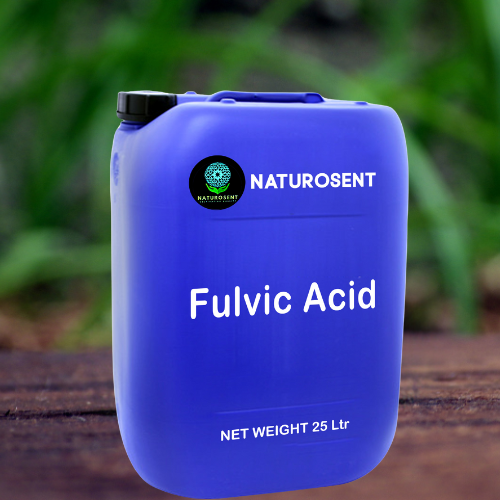

Fulvic acid can also help to reduce the number of toxins that are present in plants. This is because it helps to bind and remove these toxins and heavy metals from the plant’s tissues. Fulvic acid also helps to improve the plant’s ability to detoxify itself, which reduces the amount of stress that the plant experiences. It also enables the soil to hold more water and restrict toxins in the soil, reducing the harmful substances that reach the plant’s roots.
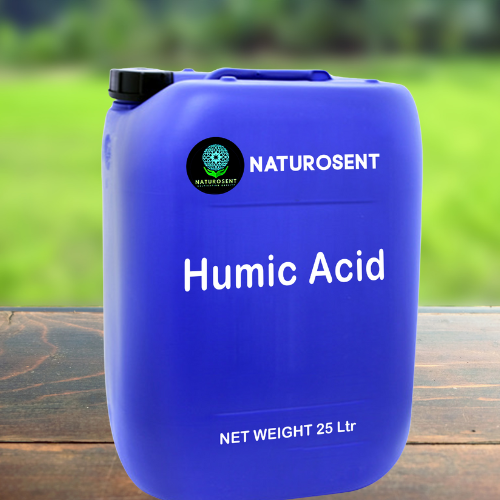

Humic Acid
A natural organic substance called humic acid is essential for the health of the soil and plant development. It can be found in humus, the organic part of soil that develops over time when plant and animal debris decompose. Humic acid is frequently used in horticulture and agriculture to boost plant growth, enhance soil quality, and raise crop yields. These substances are created when microorganisms in the soil break down plant and animal debris. Humic acid is one of the organic acids that are released as the organic matter breaks down. Humic acid has a complex chemical makeup that varies depending on where it gets its organic material from. The majority of humic acids, on the other hand, are made up of lengthy chains of carbon and hydrogen atoms that have different functional groups linked to them.
There are several humic acid uses in agriculture. To enhance soil quality, encourage plant growth, and boost crop yields, it is frequently used as a soil amendment. The availability of nutrients and water retention in the soil are all enhanced by humic acid. In order to make it simpler for roots to grow and obtain nutrients, it can help to remove compacted soils.
By stimulating root growth and enhancing nutrient uptake, humic acid encourages plant growth. Plants’ general health is also enhanced, increasing their resistance to pests and diseases. Humic acid is a versatile tool for sustainable agriculture because it can also be used to clean up polluted soil and water.
Sea Weed Extract
Seaweeds are macro algae which constitute an integral component of marine and coastal ecosystem, contributing to their rich biodiversity and to the overall biosphere. There are three classes of seaweeds based on their color, which have been commercially utilized for various purposes including agriculture. Seaweed extracts have been highly explored for possible use in crop production for improving biomass yield and produce quality. These extracts have been shown to positively affect seed germination and plant growth at all stages up to harvest and even post-harvest. Seaweed products have been shown to promote increased germination rates and cause significant increases in seedling vigor by enhancing root size and density. Seaweed extracts also triggered early flowering and increased fruit set in a variety of crop plants. Seaweed extracts and their components can modulate the expression of genes responsible for the endogenous biosynthesis of growth hormones including auxin, cytokinin, and gibberellin.
